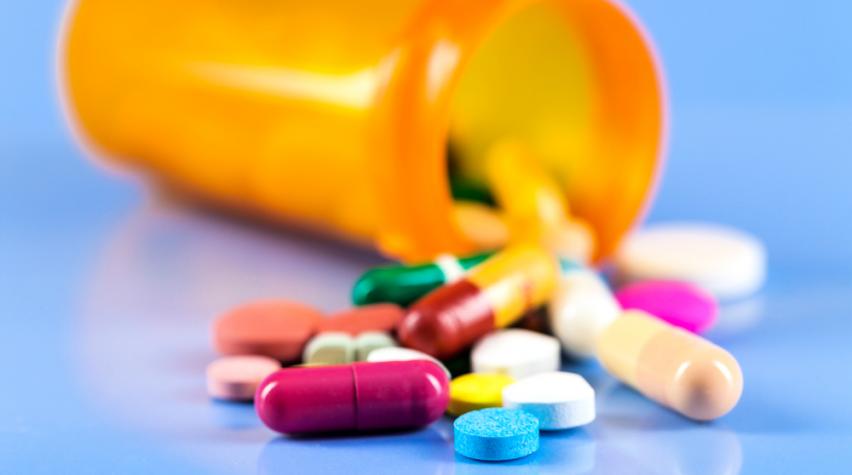
The threat of antibiotic-resistant infections in the US is significant. Each year, at least 2 million people in the US acquire serious infections with bacteria that are resistant to one or more of the antibiotics designed to treat those infections, according to the CDC. Furthermore, at least 23,000 die each year as a direct result of antibiotic-resistant infections. One issue that has exacerbated the situation is that testing for antibiotic resistance can be slow, taking up to three days to come back from the lab. But researchers at the University of Toronto hopes to change that.
Antibiotic resistance often comes about because doctors prescribe a broad-spectrum antibiotic to treat an infection, since testing can't quickly reveal what specific type of bacteria is involved. Sometimes the tactic works, but the best strategy is to use a targeted treatment approach.
Scaling down to speed up
Conventional testing requires too much time for bacteria to reproduce to detectable levels. PhD researcher Justin Besant and his team at the University of Toronto turned to lab-on-a-chip technology to design a chip that concentrates bacteria to increase the effective concentration of the sample.
The researchers achieve this high concentration by “flowing” the sample, containing the bacteria to be tested, through microfluidic wells patterned onto a glass chip. At the bottom of each well a filter, composed of a lattice of tiny microbeads, catches bacteria as the sample flows through. The bacteria accumulate in the nano-sized well, where they’re trapped with the antibiotic and a signal molecule called resazurin.
Living bacteria metabolize resazurin into a form called resorufin, changing its electrochemical signature. If the bacteria are effectively killed by the antibiotic, they stop metabolizing resazurin and the electrochemical signature in the sample stays the same. If they are antibiotic-resistant, they continue to metabolize resazurin into resorufin, altering its electrochemical signature. Electrodes built directly into the chip detect the change in current as resazurin changes to resorufin.
The results could be ready in an hour, as opposed to days. What's more, the lab can be cut out of the picture entirely, since the device needed to read the results can easily be used in a doctor’s office, unlike the only rapid alternative available today, which relies on a fluorescence microscope.
You can see the researchers' press release here and their published article here.


